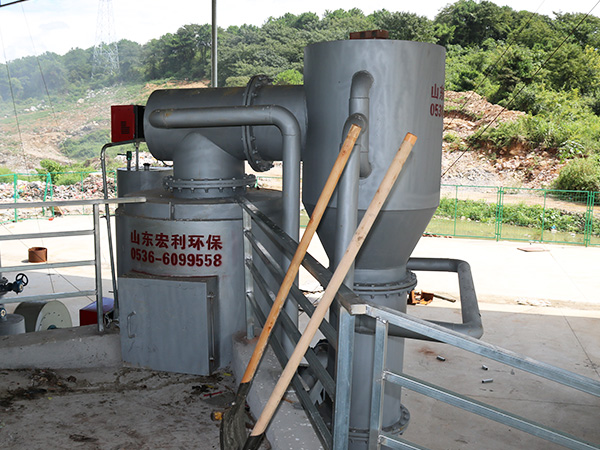
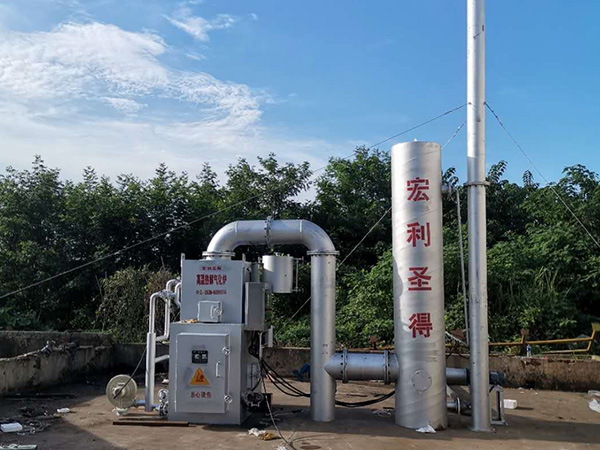
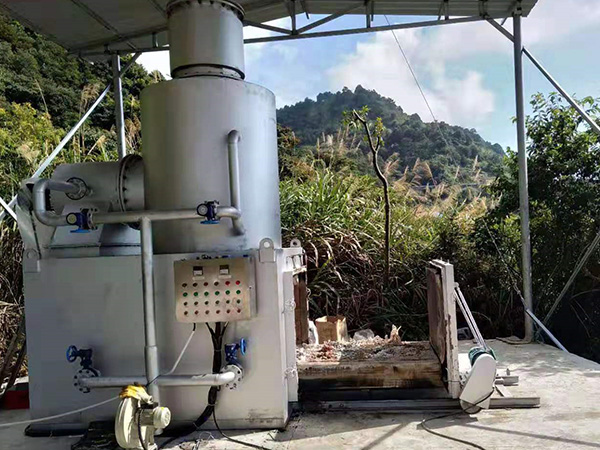
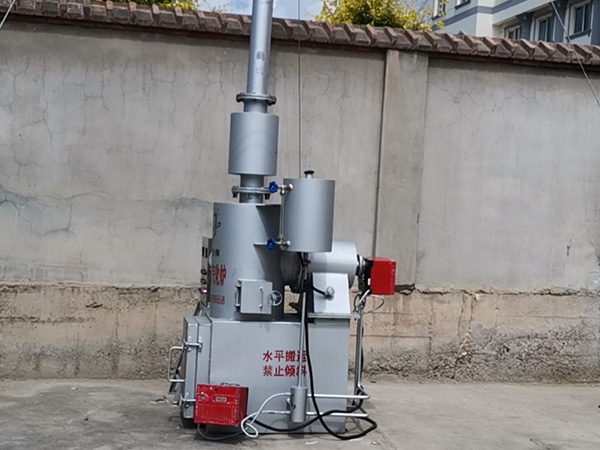
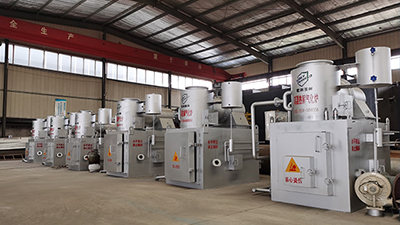
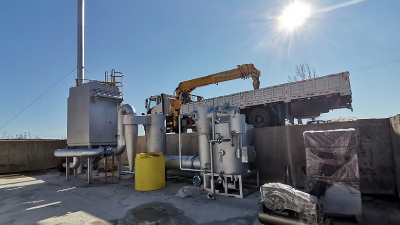
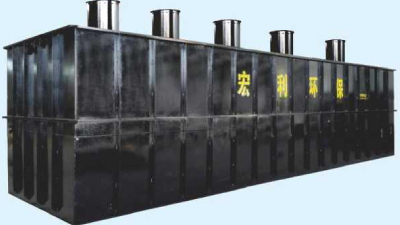
When choosing a furnace type, the first thing to look at is whether the combustion form of the selected furnace type (gas control type or peroxy combustion type) is suitable for the properties of all the wastes to be treated. As a professional incinerator manufacturer, Holy Shield answers for everyone.
Generally speaking, peroxy combustion incinerators are more suitable for incinerating non-flammable wastes or wastes with relatively stable combustion properties, such as wood chips, garbage, paper, etc., while gas-controlled incinerators are more suitable for incinerating flammable wastes, such as plastics , Rubber and polymer petrochemical waste, etc.
Mechanical grate waste incinerator are suitable for the treatment of municipal waste, while rotary kiln incinerators are suitable for the treatment of hazardous wastes. In addition, the incinerator must also consider factors such as the structure of the combustion chamber, the airflow pattern, the air supply method, the quality of the stirring performance, whether there will be a short flow or the bottom ash will be easily disturbed.

The direction of the airflow in the incinerator depends on the type of incinerator and the characteristics of the waste. The orientation of the multi-chamber incinerator is the same as that of the fluidized bed incinerator. It usually burns vertically upward. The rotary kiln incinerator usually burns obliquely downward. The combustion direction of the multi-chamber incinerator is generally horizontal. Jet incinerators, waste gas incinerators and other cylindrical incinerators can be in any orientation, depending on the shape and nature of the waste to be incinerated. When the combustion products contain salts, a vertical downward or downward sloping combustion design should be used to facilitate the removal of salts from the system.